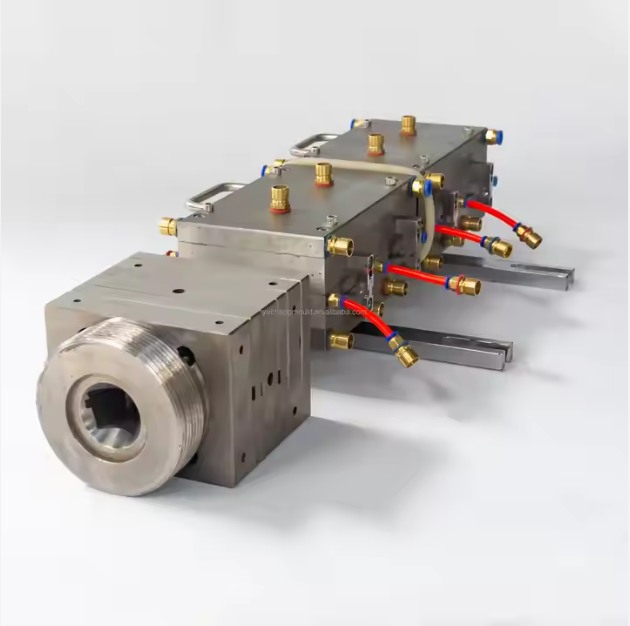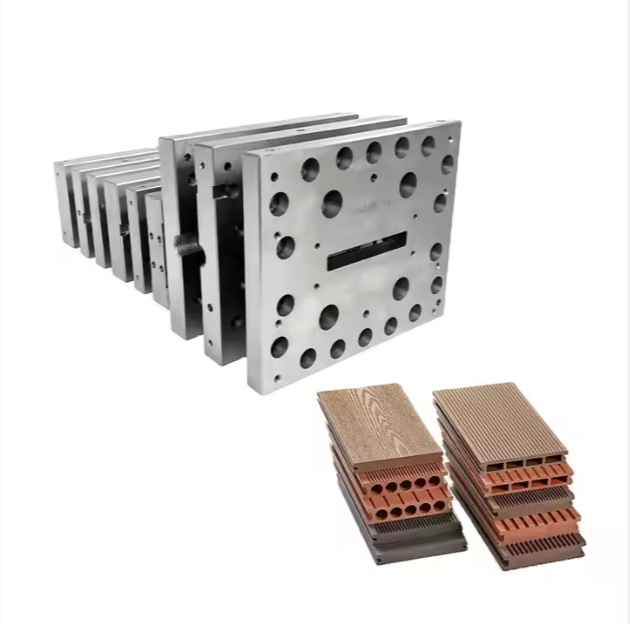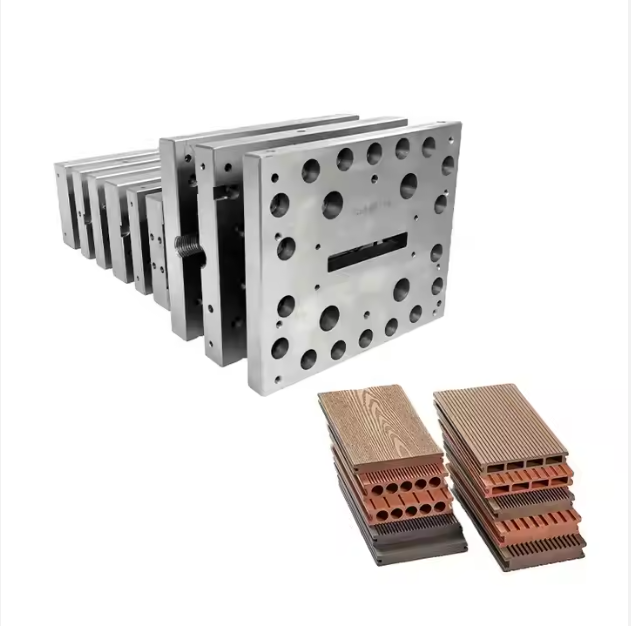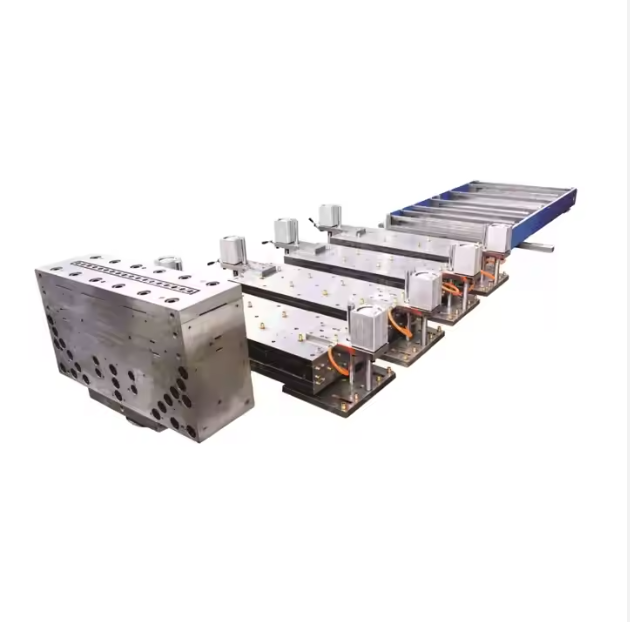6 Tips for Extending the Lifespan of Your Extrusion Mould
In the world of plastic manufacturing, the extrusion mould plays a vital role. Whether you are working with PVC, PE, ABS, PP, or WPC profiles, the mould determines not only the accuracy of your product but also the overall efficiency of your production line. Proper maintenance and usage can significantly extend its service life and keep your production stable. Here are six practical tips that can help you get the most out of your extrusion mould.
1. Choose the Right Material for the Mould
The first step in ensuring the durability of your extrusion mould is choosing high-quality material. Moulds made from premium alloy steel or corrosion-resistant materials can withstand the stress of high temperatures and pressure during the extrusion process.
When selecting a mould supplier, ask about their steel grade, surface treatment, and heat resistance—these factors directly affect longevity and output quality.
2. Keep the Extrusion Line Clean
It might sound simple, but maintaining a clean extrusion line is crucial. Any leftover plastic particles or dust can affect the mould surface, leading to uneven extrusion or defects in your profiles.
Make it a habit to clean your extrusion mould after every production batch. Over time, this small step saves a lot of money and downtime.
3. Regular Lubrication and Cooling
Lubrication ensures that the mould components move smoothly, while an efficient cooling system prevents overheating and thermal expansion. Both are essential for maintaining the mould’s shape and preventing deformation.
It’s a good idea to schedule a weekly check-up of the cooling channels and replace any worn-out seals or connectors immediately.
4. Avoid Overloading During Extrusion
Every mould has its designed operating pressure and temperature. Exceeding these limits may seem to speed up production, but it actually shortens the mould’s lifespan.
If your goal is stable production, focus on precision rather than speed. Running your mould under proper conditions will produce better surface quality and minimize stress on the internal structure.
5. Inspect and Repair Regularly
Even the best extrusion mould needs routine inspection. Look for any signs of wear, scratches, or buildup that may affect the flow of material.
Performing minor repairs on time helps you avoid major breakdowns later. Remember, prevention is always cheaper than replacement.
6. Partner with a Reliable Mould Manufacturer
Lastly, choose a professional mould manufacturer who understands your product requirements.
At Hubei Junhui Mould Co., Ltd., our engineers have over 20 years of experience in mould design, manufacturing, and debugging. We focus on producing customized extrusion moulds for PVC profiles, WPC foam boards, PE, ABS, and PP products. Each mould is carefully designed and tested to ensure precision, durability, and smooth extrusion performance.
Working with the right supplier not only gives you a high-quality mould but also professional after-sales support and technical guidance.
Taking good care of your extrusion mould isn’t complicated, but it does require consistent effort. By choosing quality materials, keeping the line clean, managing temperature and pressure, and maintaining regular checks, you can greatly extend your mould’s lifespan. In the long run, this means lower production costs and higher product consistency — and who doesn’t want that, right?







